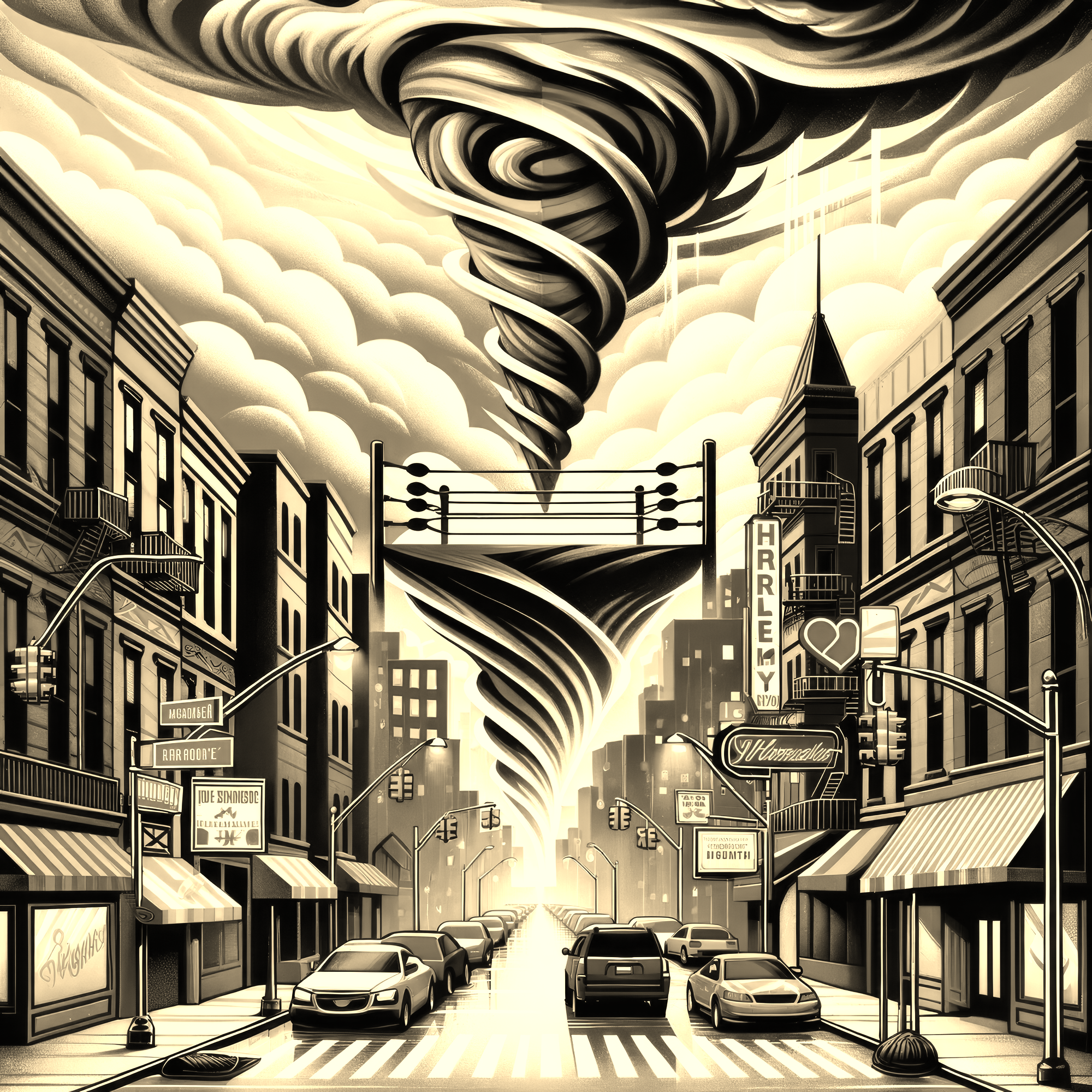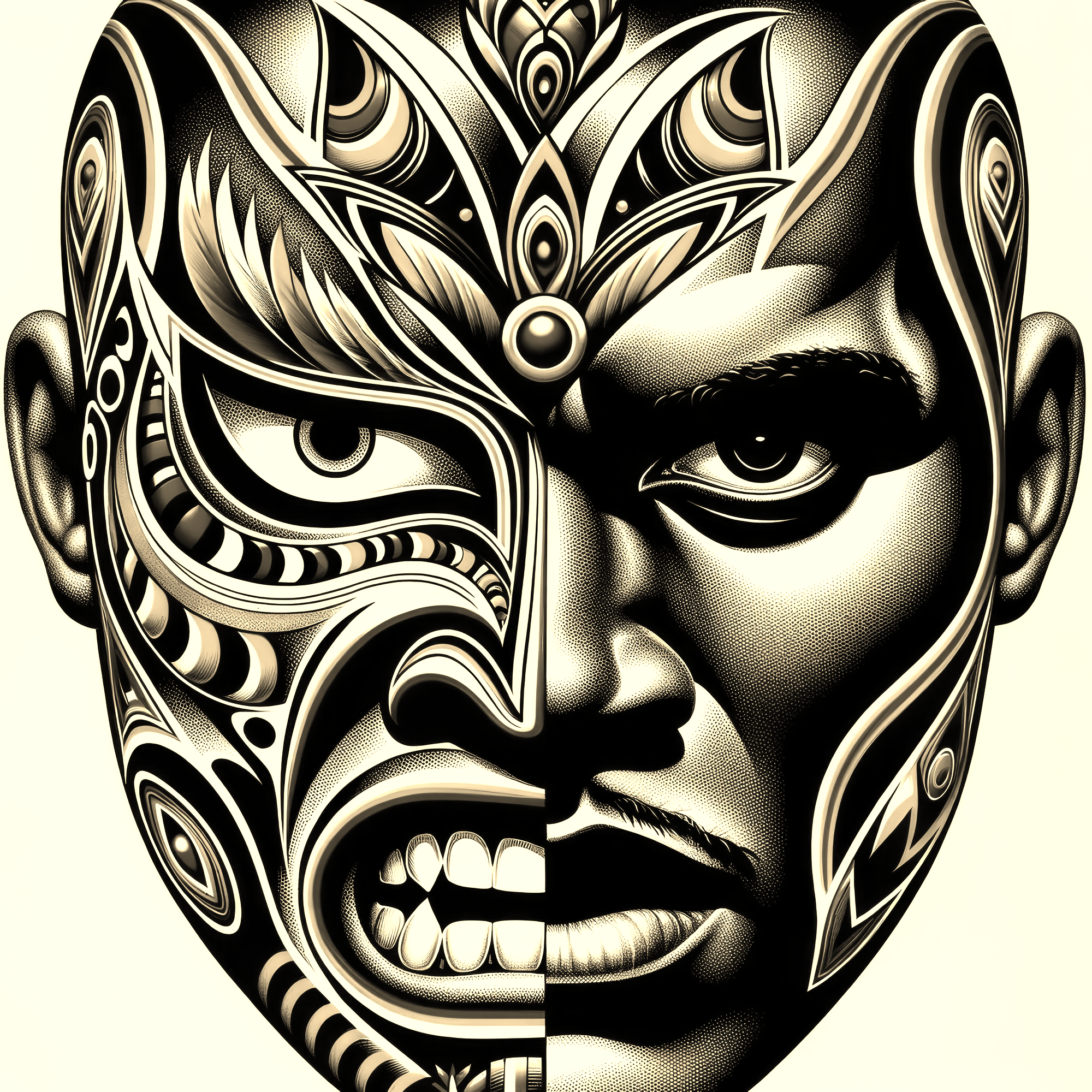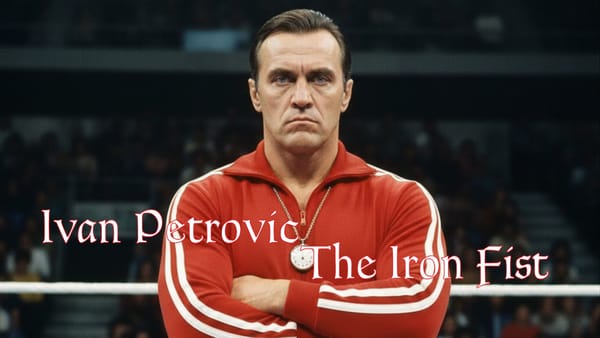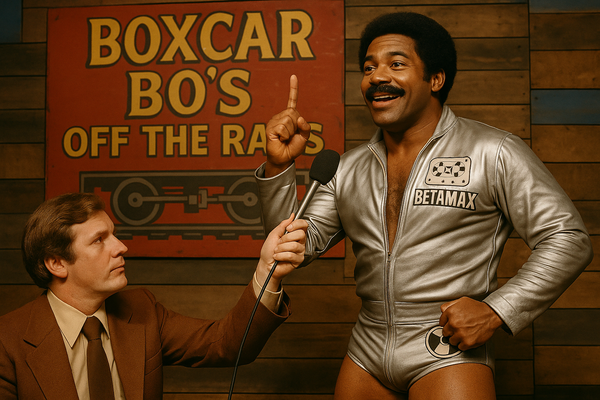Class Notes: Celebrating the Spectacle of Human Drama

By "The Professor" Harold Langston
Dear readers of the Grapple Gazette, as we delve into the depth of wrestling, let's celebrate not just the physical contestation but also the profound narratives it conveys. Wrestling is a rich cultural tapestry, beautifully unfolding in the squared circle, much like the vivid stories told by one of GWA's most captivating figures, 'Harlem Hurricane' James Washington.
A Time-Honored Tradition

Wrestling’s roots in cultural history are deep and meaningful, much like the battles fought by the Harlem Hurricane. Stepping into the GWA from the spirited streets of Harlem, James brought not just his physical prowess but a whole cultural heritage into the ring. He wore his signature Dutch wax-patterned attire as a nod to his roots and carried the spirit and resilience of Harlem in each match, embodying the struggle and perseverance narrated through his movements and persona.
It's All in the Show
Wrestling is about the spectacle and the stories it tells, much like James Washington's debut speech in the GWA. With charisma and passion, he declared his intentions to not just participate but to dominate and elevate the wrestling world. His matches were not mere contests; they were declarations of his life’s philosophy—imbued with the vibrant spirit of Harlem and his unbreakable resolve, transforming each fight into a captivating narrative of heroism.
Look Beyond the Script

Critics often miss the mark when they reduce wrestling to its scripted nature. Consider the Harlem Hurricane's strategic prowess and innovative moves like the "Eye of the Hurricane." These are not just choreographed actions but are steeped in the heritage and struggles of a man who turned each match into a live-action portrayal of personal and cultural stories, echoing the vibrancy and resilience of Harlem itself.
Reflecting Our World
Wrestling mirrors the broader societal struggles and triumphs, much like James Washington's rise through the GWA ranks, which resonated with the civil rights movements of the 1960s. His journey in the wrestling world paralleled the social struggles of the time, turning each match into a statement against adversity and a testament to the power of perseverance and cultural identity.
Why We Watch

For us, wrestling is a shared saga of human spirit and communal experience, and figures like Harlem Hurricane make it profoundly personal and universally relatable. His victories are not just wins in the ring but are celebrations of life’s larger victories against odds, which bond us across various backgrounds.
Conclusion
Wrestling, dear readers, is a narrative as deep and compelling as any epic tale. It's a cultural phenomenon that deserves our respect and appreciation. As the Harlem Hurricane himself showed us, the ring is not just a stage for physical contests but a platform for expressing and overcoming the cultural and personal storms of life. Let's cherish this spectacular blend of drama, athleticism, and storytelling that wrestling uniquely offers.
Remember, each match writes a narrative, and like any good story, its power lies not just in its conclusion, but in the journey that unfolds.
-Prof. Langston
About the columnist
Professor Harold Langston, also celebrated as "The Sage of the Squared Circle," is a distinguished former philosophy professor turned wrestling connoisseur. Known for his signature tweed jacket and scholarly spectacles, he brings the wisdom of the ages into the wrestling arena, dissecting every lock and takedown with philosophical precision. Langston's columns weave together the raw energy of wrestling with profound cultural narratives, making him a beloved intellectual heavyweight among wrestling fans and thinkers alike.





